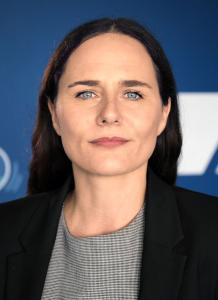Prostitution and the legal handling of it is one of the most controversial topics in society and politics. This discussion is reflected internationally in legal regulations that are sometimes diametrically opposed. While Germany and some other countries have legalized and regulated prostitution, it is illegal in other countries. The Nordic Model, which is implemented in Sweden and France, among others, takes a different approach. It defines prostitution as violence against women and aims to reduce the size of the prostitution market in the long term. It recognizes that prostitution is a gendered phenomenon and is contrary to gender equality. The Nordic Model is based on four pillars. In addition to social education and nationwide exit programs for persons in prostitution, it consists of the complete decriminalization of prostituted persons with simultaneous criminalization of all profiteers including demand, i.e., clients. The usefulness and effectiveness of the Nordic Model is the subject of intense international debate. The Nordic Model is also under discussion in Germany, where the 2017 Prostitute Protection Act is currently being evaluated. The crucial question is whether the purchase of sexual acts should be criminalized. The following discussion is devoted to the issue of demand for prostitution in general and the question of john punishability in particular. Reference is made to a non-representative survey of clients in Germany published in November 2022. Who are the clients and what do they know about the prostitution milieu and the violence towards prostituted women that prevails there? It also discusses whether punishing clients would lead to a reduction in the demand for prostitution.
Read the full report here as a PDF.
Please note, to date the paper is only available in German.
Topics
About this series
The series informs in a concentrated form about important positions of the Konrad-Adenauer-Stiftung on current topics. The individual issues present key findings and recommendations, offer brief analyses, explain the Foundation's further plans and name KAS contact persons.




